| Active with remarks |
|---|
| This application needs additional settings. Please follow the documentation below to create your own connectionUnique, active service acces point to a network. There are different types of connections (API key, Oauth…). More. |
The HappyFox Help Desk modulesThe module is an application or tool within the Boost.space system. The entire system is built on this concept of modularity. (module - Contacts) More allow you to monitor, create, and search the tickets, staff, and usersCan use the system on a limited basis based on the rights assigned by the admin. More in your HappyFox Help Desk account.
Prerequisites
-
A Happyfox Help Desk account – create an account at happyfox.com/.
![[Note]](https://docs.boost.space/wp-content/themes/bsdocs/docs-parser/HTML/css/image/note.png) |
Note |
|---|---|
|
The moduleThe module is an application or tool within the Boost.space system. The entire system is built on this concept of modularity. (module - Contacts) More dialog fields that are displayed in bold (in the Boost.spaceCentralization and synchronization platform, where you can organize and manage your data. More IntegratorPart of the Boost.space system, where you can create your connections and automate your processes. More scenarioA specific connection between applications in which data can be transferred. Two types of scenarios: active/inactive. More, not in this documentation article) are mandatory! |
To connect your Happyfox Help Desk account to Boost.space Integrator you need to obtain the Key, and Website ID from your Happyfox Help Desk account and insert it in the Create a connection dialog in the Boost.space Integrator module.
1. Log in to your HappyFox Help Desk account.
2. Click Apps > My Apps > API > Manage > New API Key.
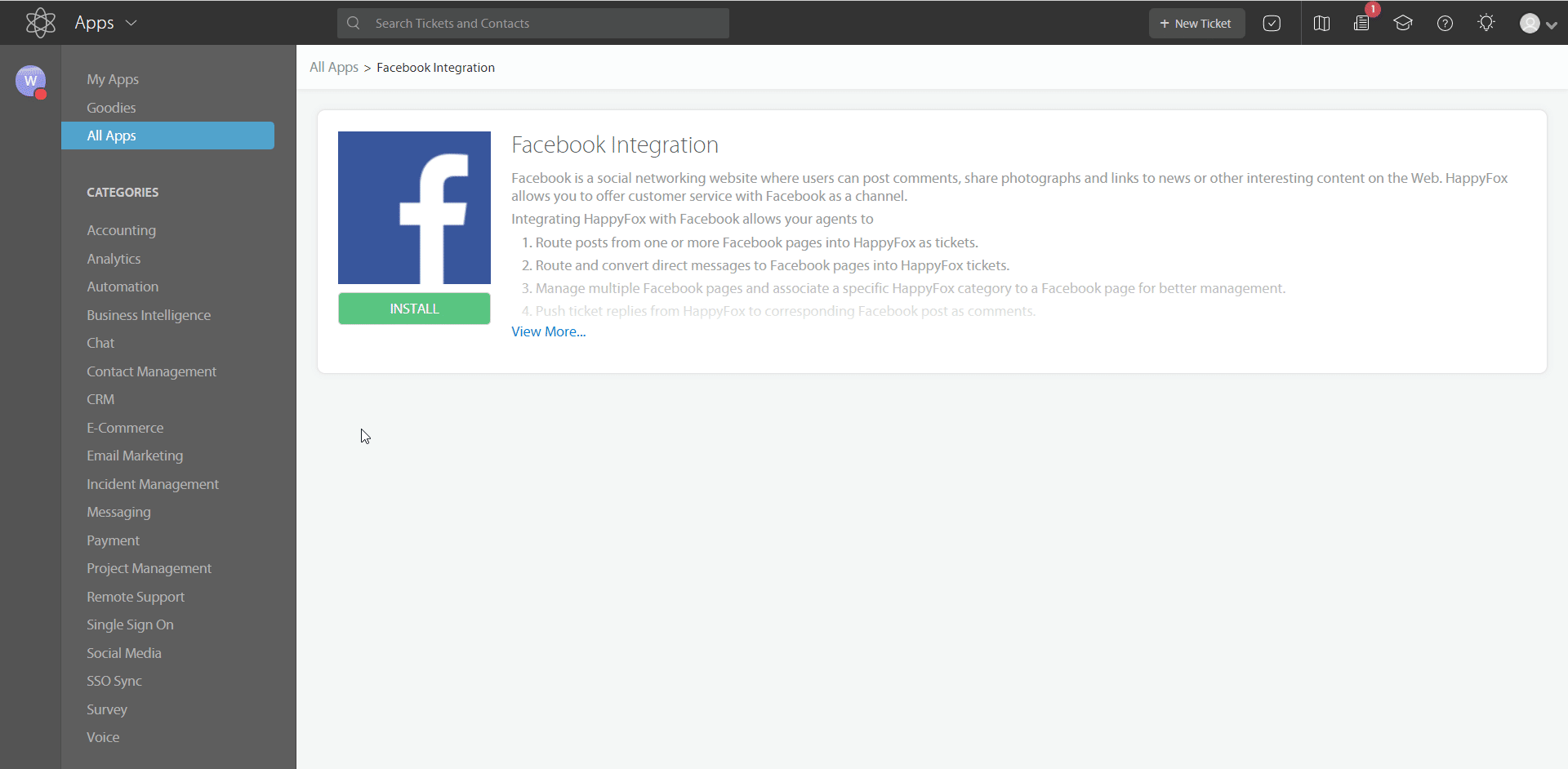
3. In the First Name field, enter a name for the API key, select the throttling optionsand click Add new API Key.

4. Copy the API key Auth key to your clipboard.
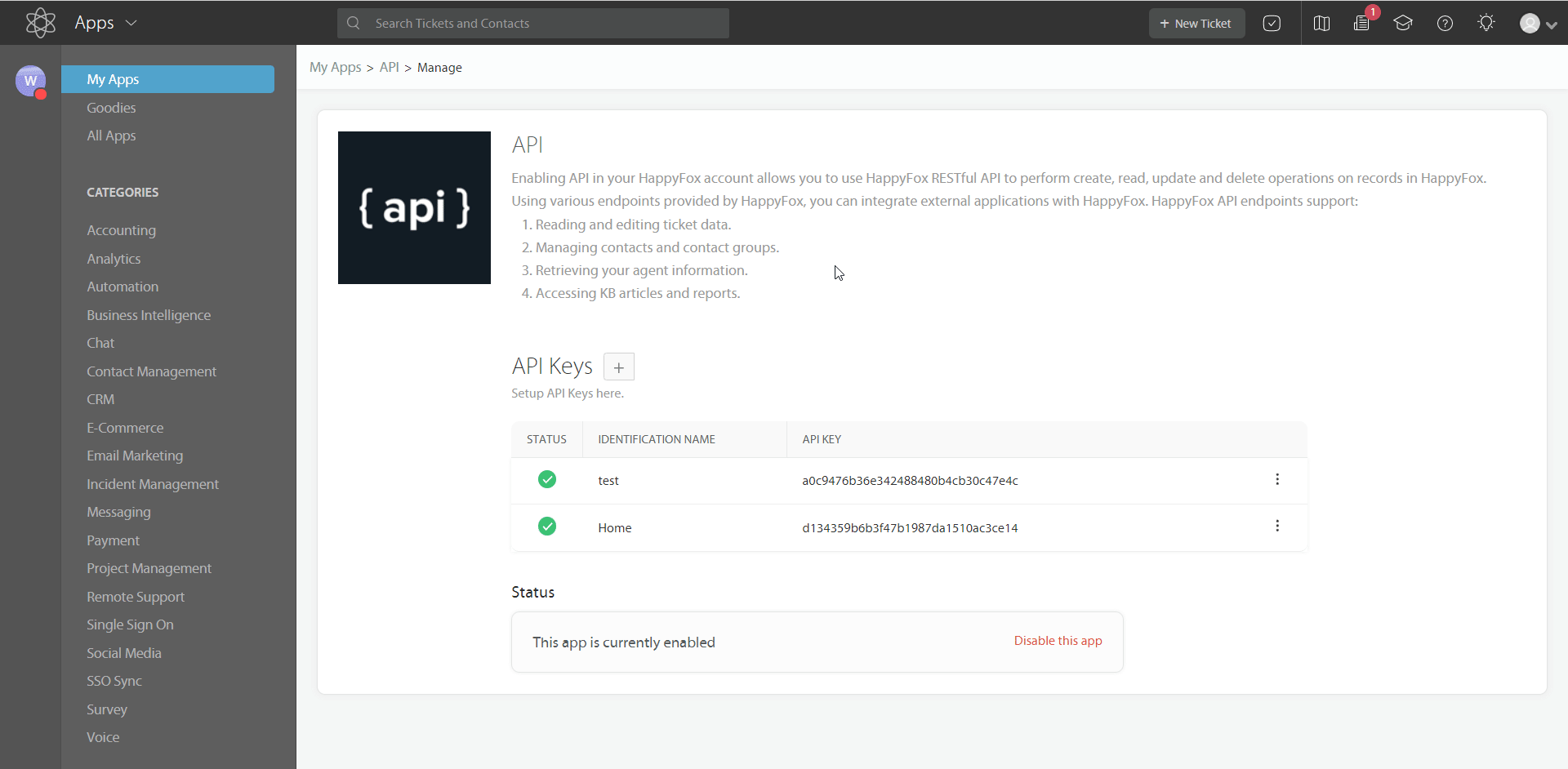
5. Go to Boost.space Integrator and open the HappyFox Help Desk module’s Create a connection dialog.
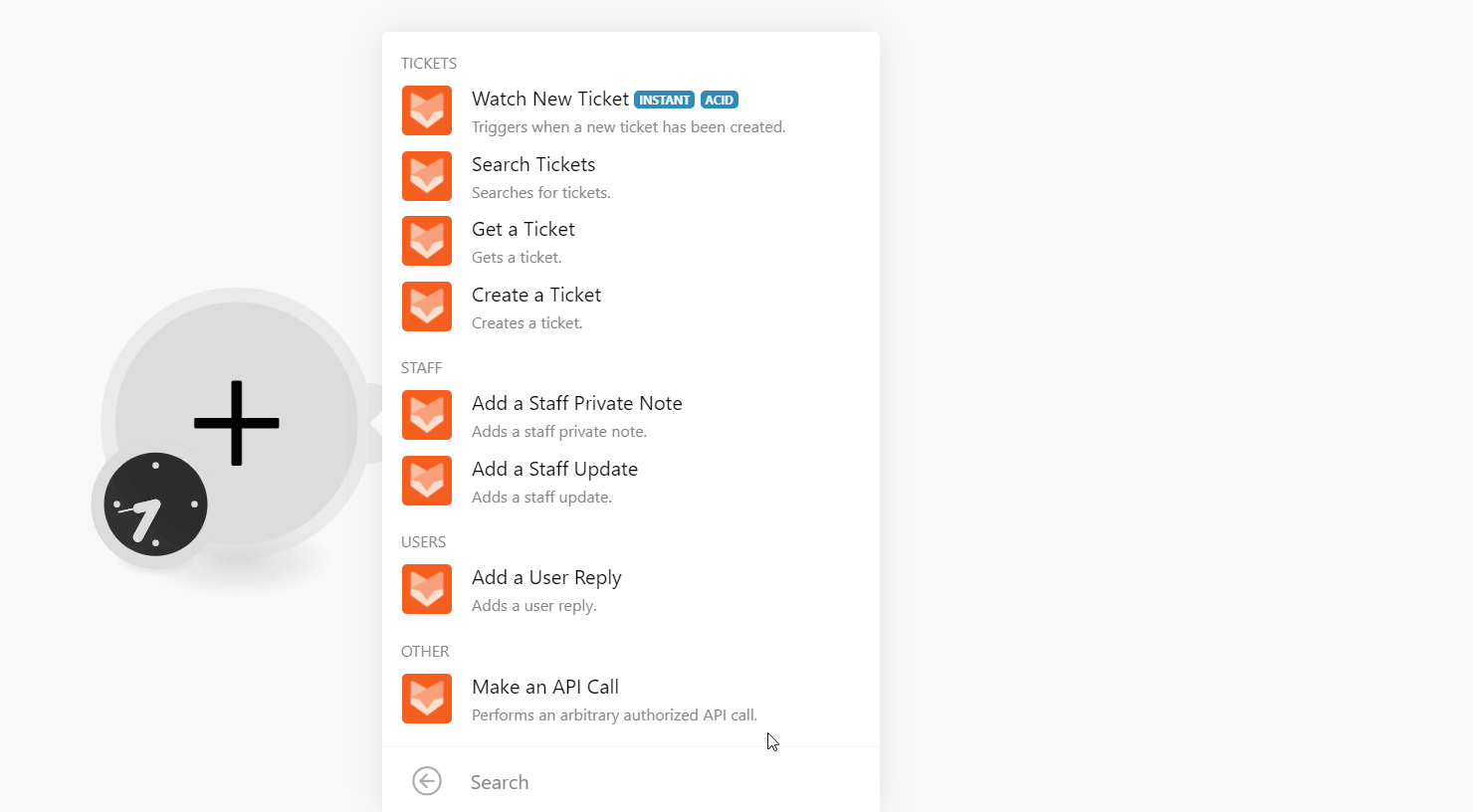
6. In the Connection name field, enter a name for the connection.
7. In the API Key and Auth Code field, enter the detail copied in step 4.
8. In the Domain field, enter your account URL address. For example, your account URL is https://www.xyz.happyfox.com then your domain is xyz.
9. Click Continue.
The connection has been established.
TriggersEvery scenario has a trigger, an event that starts your scenario. A scenario must have a trigger. There can only be one trigger for each scenario. When you create a new scenario, the first module you choose is your trigger for that scenario. Create a trigger by clicking on the empty module of a newly created scenario or moving the... when a new ticket has been created.
|
WebhookA webhook is a way for an app to send real-time information to a specific URL in response to certain events or triggers. Name |
Enter a name for the webhook. |
|
Connection |
See Setting Up HappyFox Help Desk Webhooks to add webhooksA webhook is a way for an app to send real-time information to a specific URL in response to certain events or triggers. in your HappyFox Help Desk account.
Searches for tickets.
|
Connection |
|
|
Search By |
Select or map the option and select the field to search the tickets. For example, |
|
Limit |
Set the maximum number of Tickets Boost.space Integrator should return during one execution cycleA cycle is the operation and commit/rollback phases of scenario execution. A scenario may have one or more cycles (one is the default).. |
Gets a ticket.
|
Connection |
|
|
Ticket ID |
Select or map the Ticket ID whose details you want to retrieve. |
Creates a ticket.
|
Connection |
|
|
Subject |
Enter (map) the ticket’s subject line. |
|
Text |
Enter (map) the ticket details. |
|
Specify the userCan use the system on a limited basis based on the rights assigned by the admin. More by |
Select or map the option to choose the user for the ticket:
|
|
|
Enter (map) the email address of the user. |
|
Name |
Enter (map) the user name. |
|
User ID |
Select or map the user to whom you want to assign the ticket. |
|
Category |
Select or map the Category ID and details of the ticket. |
|
Priority |
Select or map the ticket’s priority:
|
Adds a staff private note.
|
Connection |
|
|
Ticket ID |
Select or map the Ticket ID for which you want to add a staff update. |
|
Text |
Select or map the Staff ID to whom you want to send an update. |
|
Staff |
Select or map the Staff ID to whom you want to send an update. |
|
Alert to |
Select or map the user to whom you want to send an alert about the note. |
|
Assignee |
Select or map the user to whom the ticket is assigned. |
|
Priority |
Select or map the ticket’s priority. For example, |
|
StatusCreate statuses for each module separately to create an ideal environment for efficient and consistent work. More |
Select or map the status of the ticket:
|
Adds a staff update.
|
Connection |
|
|
Ticket ID |
Select or map the Ticket ID for which you want to add a staff update. |
|
Staff |
Select or map the Staff ID to whom you want to send an update. |
|
Due Date |
Enter (map) a date by when the update should be completed. See the list of supported date and time formats. |
|
Assignee |
Select or map the user to whom the ticket is assigned. |
|
Notify User |
Select whether you want to notify the user after posting this update. |
|
Priority |
Select the priority of the ticket. For example, |
|
Status |
Select or map the status of the ticket:
|
|
Text |
Enter (map) the update text. |
|
Time Spent |
Enter (map) the time spent in seconds on the ticket. |
Adds a user reply.
|
Connection |
|
|
Ticket ID |
Select or map the Ticket ID for which you want to add the user reply. |
|
Text |
Enter (map) the reply text. |
|
CC to |
Add the email addresses that you want to copy in the reply message. |
|
BCC to |
Add the email addresses that you want to blind copy in the reply message. |
Performs an arbitrary authorized API call.
|
Connection |
||||
|
URL |
Enter a path relative to
|
|||
|
Method |
Select the HTTP method you want to use: GET to retrieve information for an entry. POST to create a new entry. PUT to update/replace an existing entry. PATCH to make a partial entry update. DELETE to delete an entry. |
|||
|
Headers |
Enter the desired request headers. You don’t have to add authorization headers; we already did that for you. |
|||
|
Query String |
Enter the request query string. |
|||
|
Body |
Enter the body content for your API call. |
The following API call returns all the tickets from your HappyFox Help Desk account:
URL: /1.1/json/tickets/
Method: GET
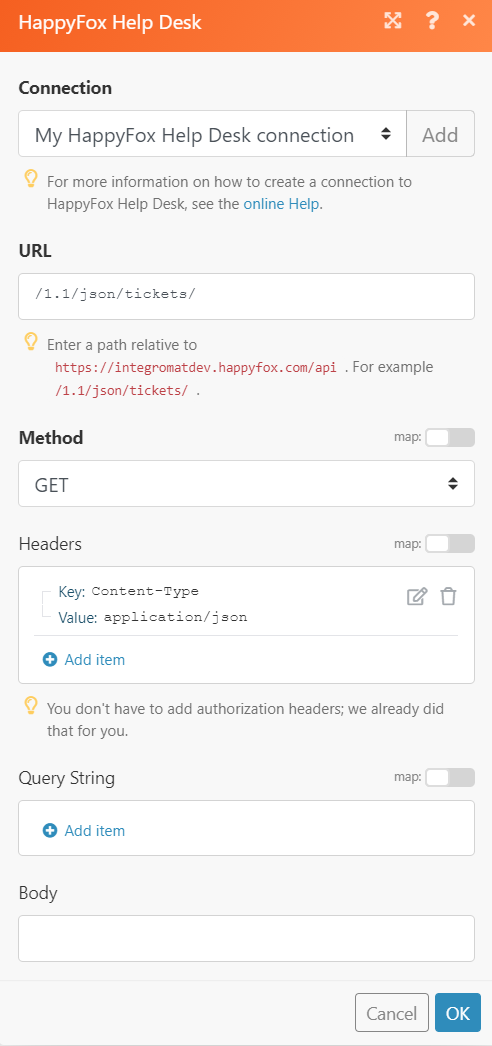
Matches of the search can be found in the module’s Output under BundleA bundle is a chunk of data and the basic unit for use with modules. A bundle consists of items, similar to how a bag may contain separate, individual items. More > Body > data. In our example, 10 tickets were returned:
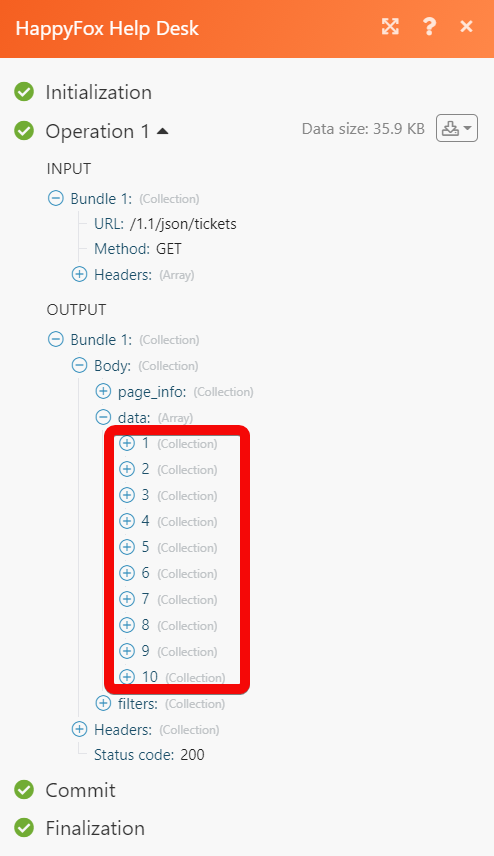
1. Open the Watch module, establish the connection, click Save and copy the URL address to your clipboard. Click OK and save the triggerEvery scenario has a trigger, an event that starts your scenario. A scenario must have a trigger. There can only be one trigger for each scenario. When you create a new scenario, the first module you choose is your trigger for that scenario. Create a trigger by clicking on the empty module of a newly created scenario or moving the....
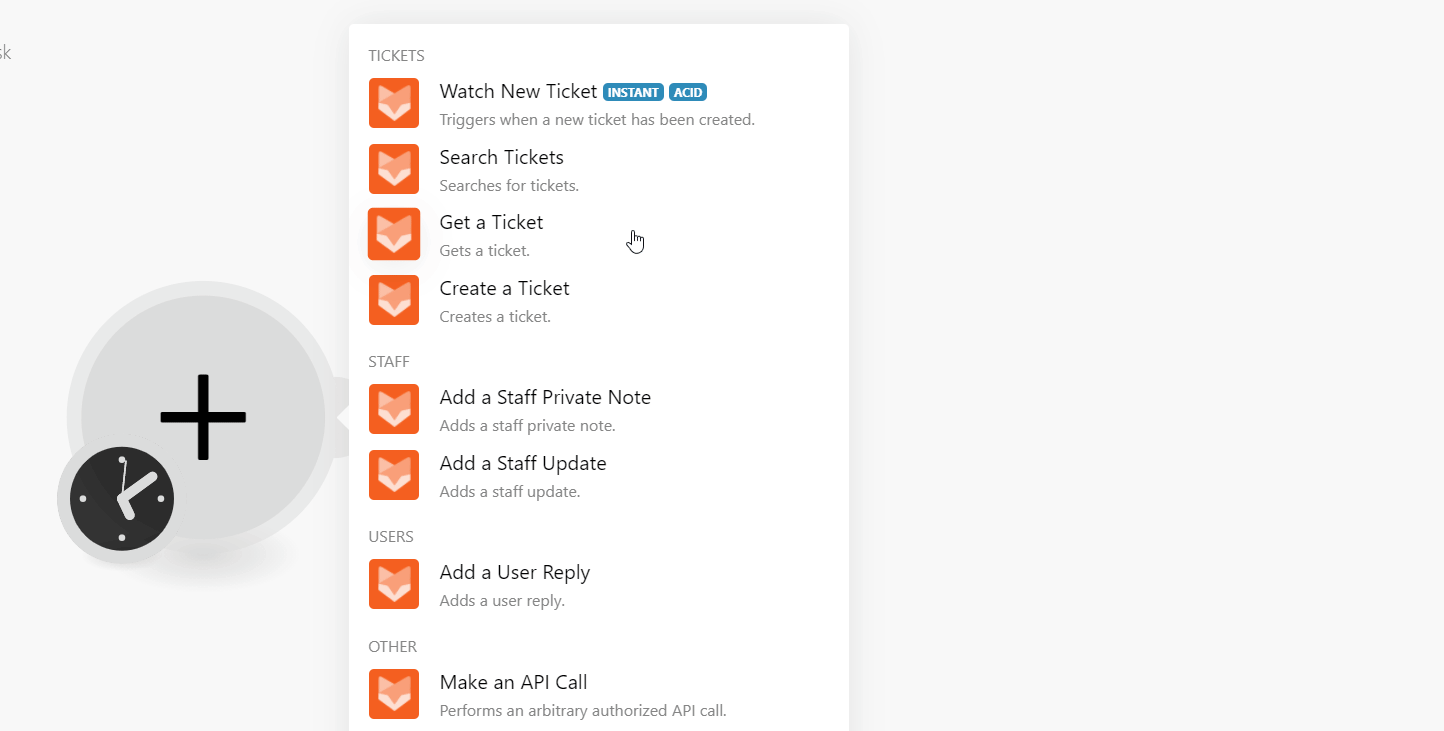
2. Log in to your HappyFox account.
3. Click Apps > My Apps > Webhooks > Manage > Webhook and enter the details.
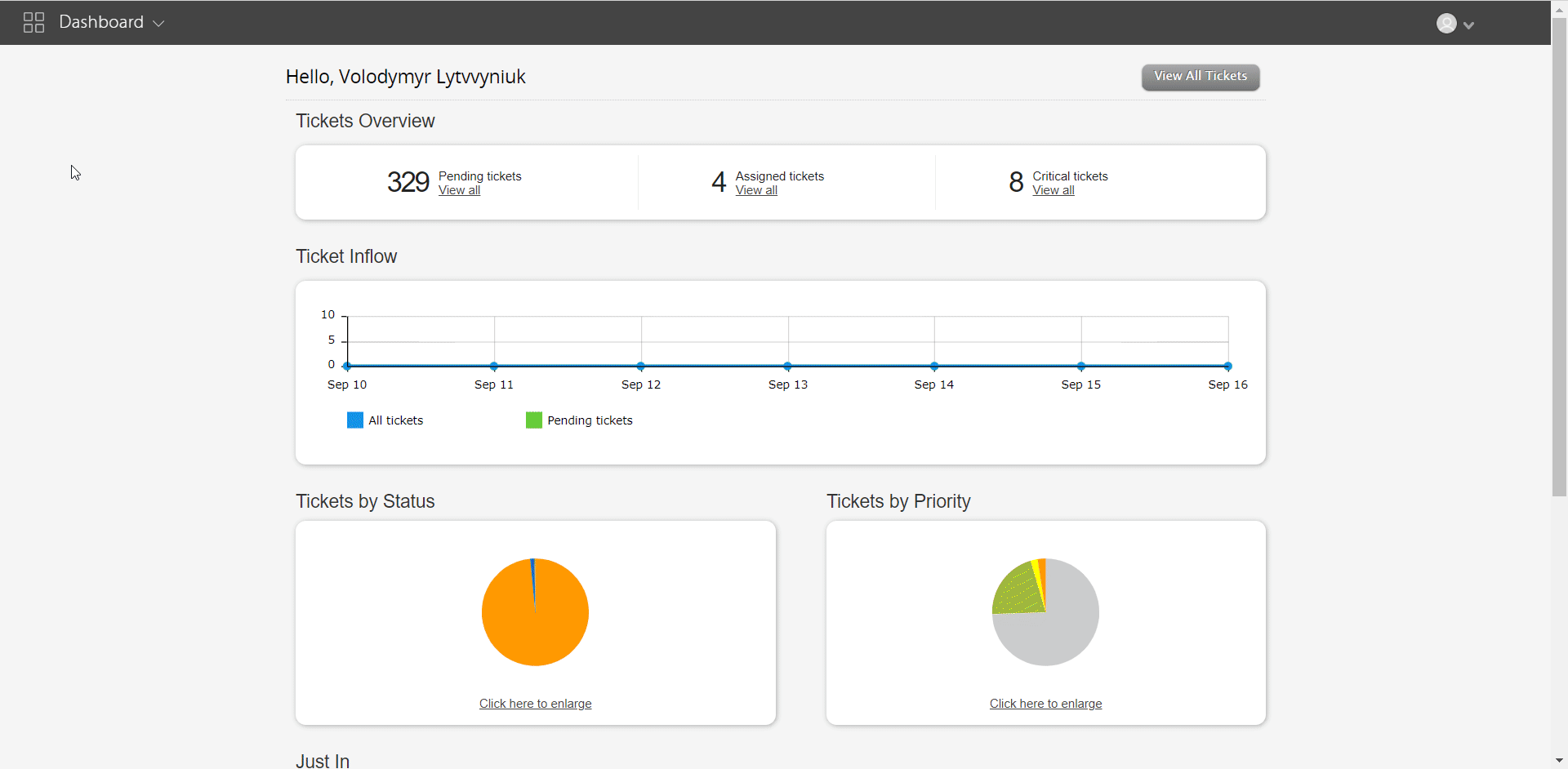
|
Name |
Enter a name for the webhook. |
|
URL |
Enter the URL address copied in step 1. |
|
Trigger Options |
Select the options for which you want to receive the alerts:
|
|
Associate Categories |
Select the category to which you want to associate the trigger. |
|
Enable Webhook |
Move the toggle to enable the webhook. |
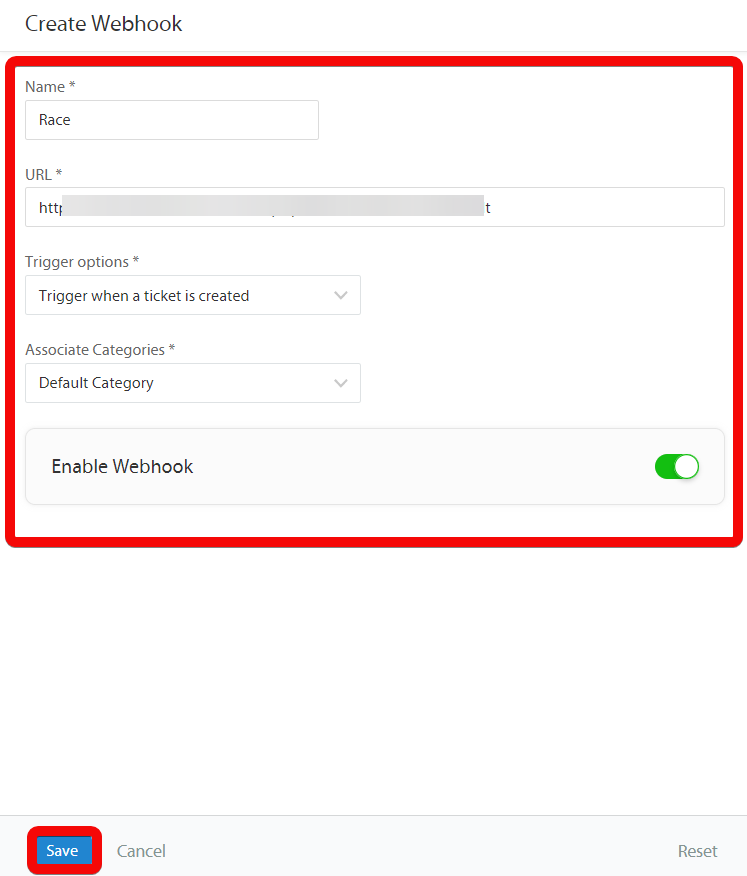
Click Save.
You have successfully added the webhook.
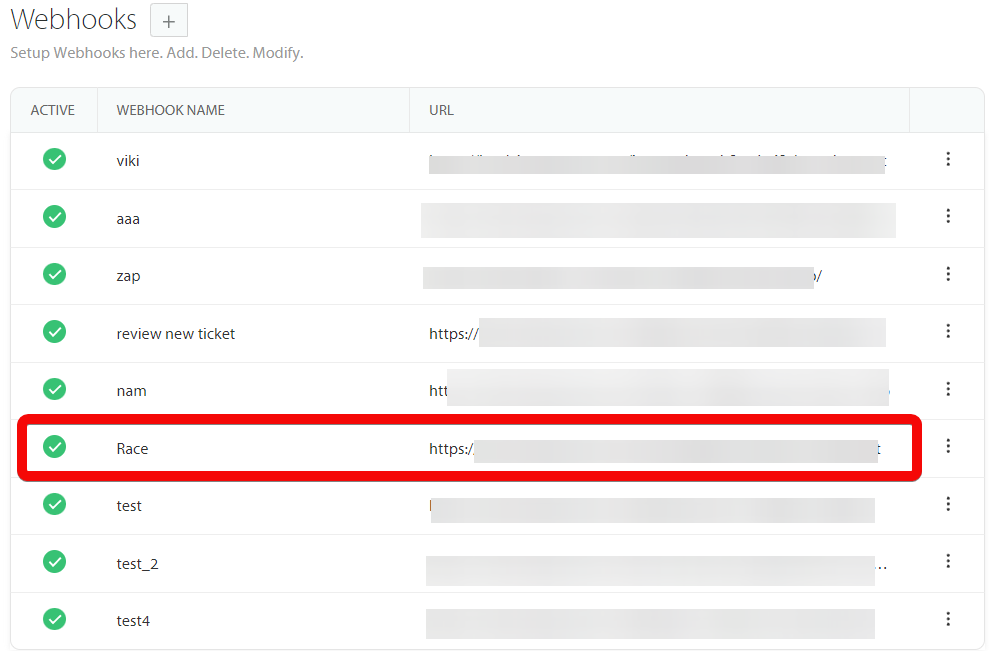
Go back to your Boost.space Integrator account and run the webhook scenario to receive alerts when the specified event occurs.
